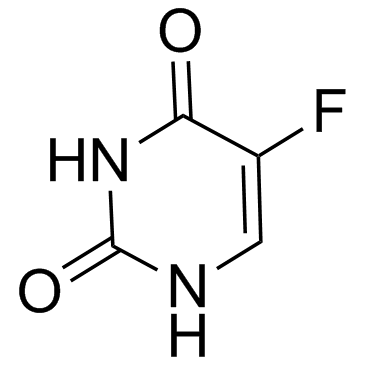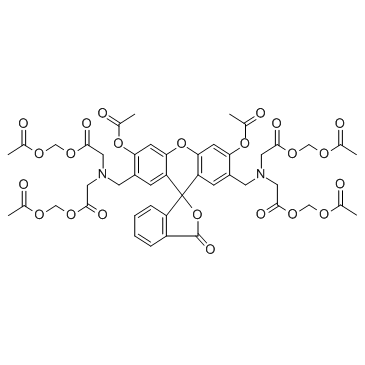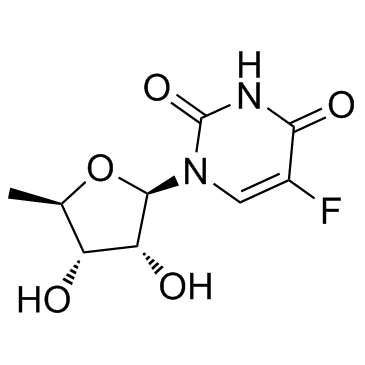| Structure | Name/CAS No. | Articles |
|---|---|---|
 |
Fluorouracil
CAS:51-21-8 |
|
 |
Calcein-AM
CAS:148504-34-1 |
|
 |
Ethylenediaminetetraacetic acid
CAS:60-00-4 |
|
 |
Doxifluridine
CAS:3094-09-5 |